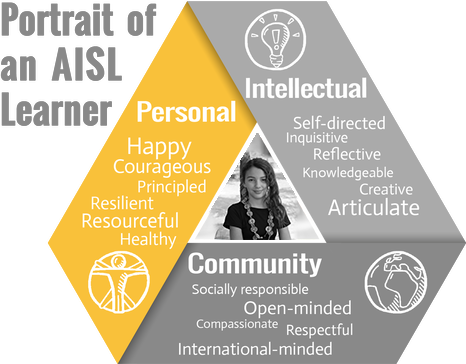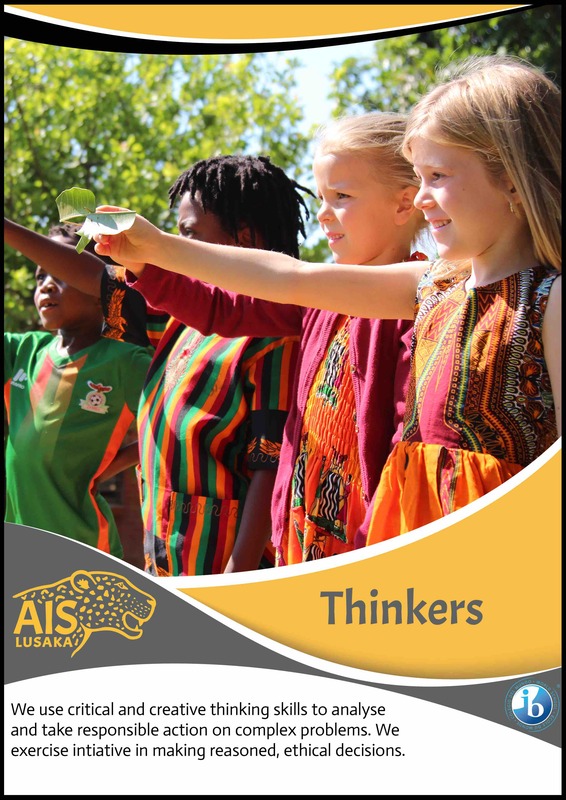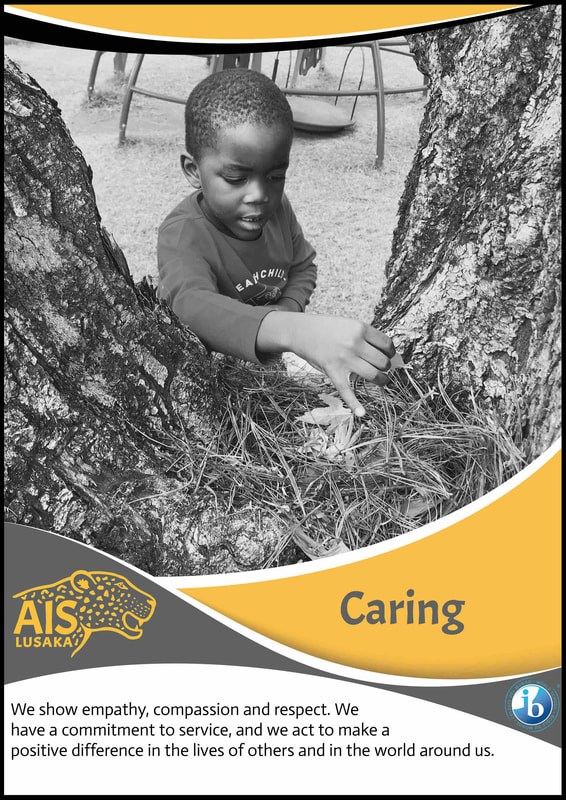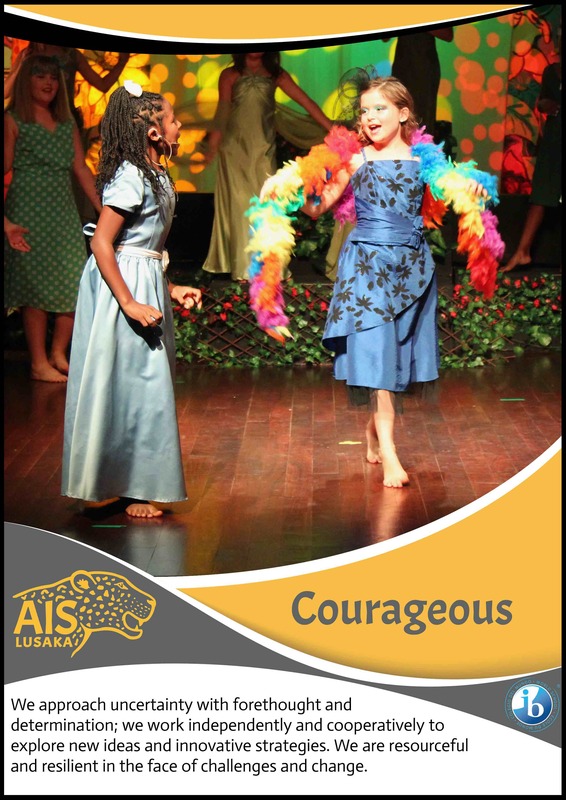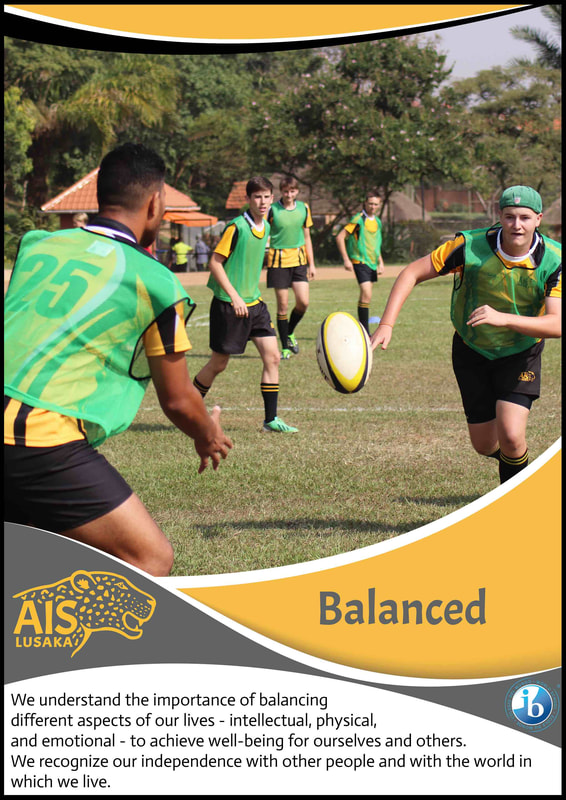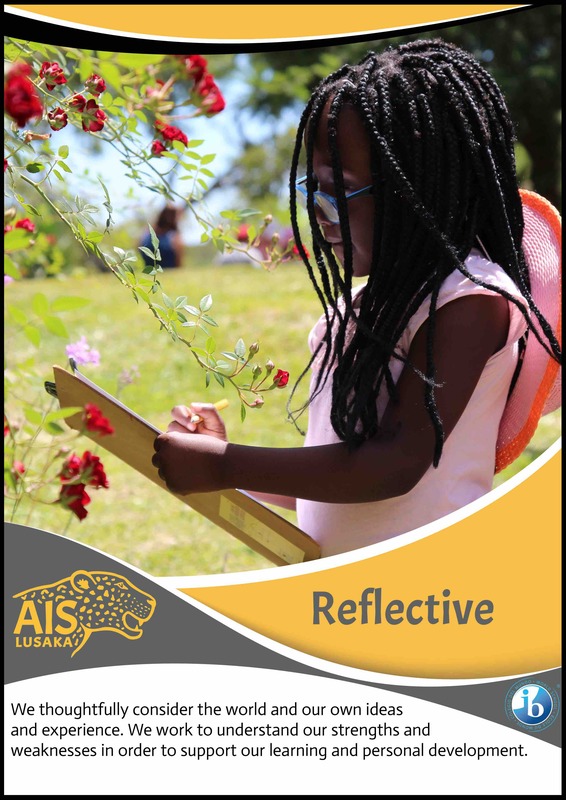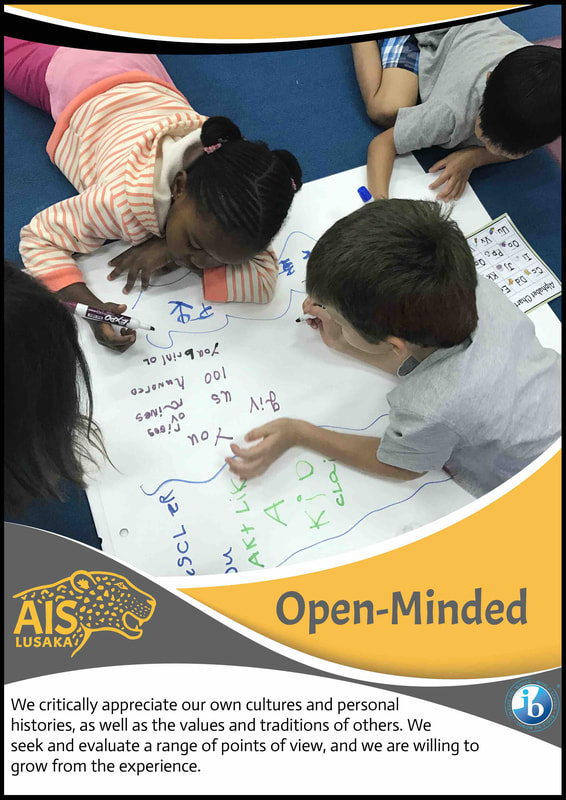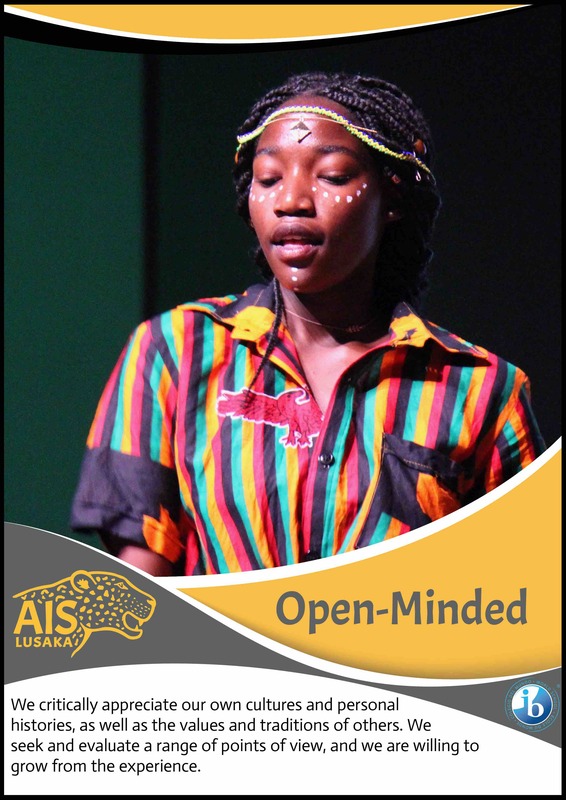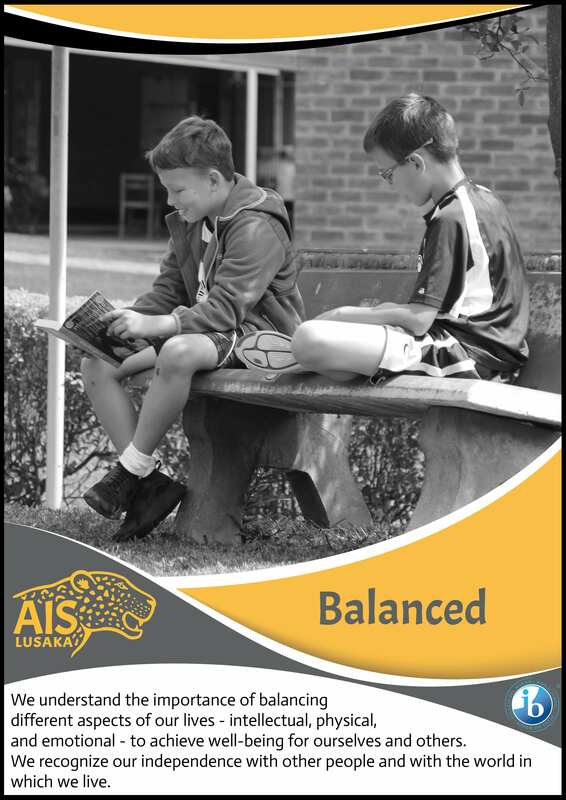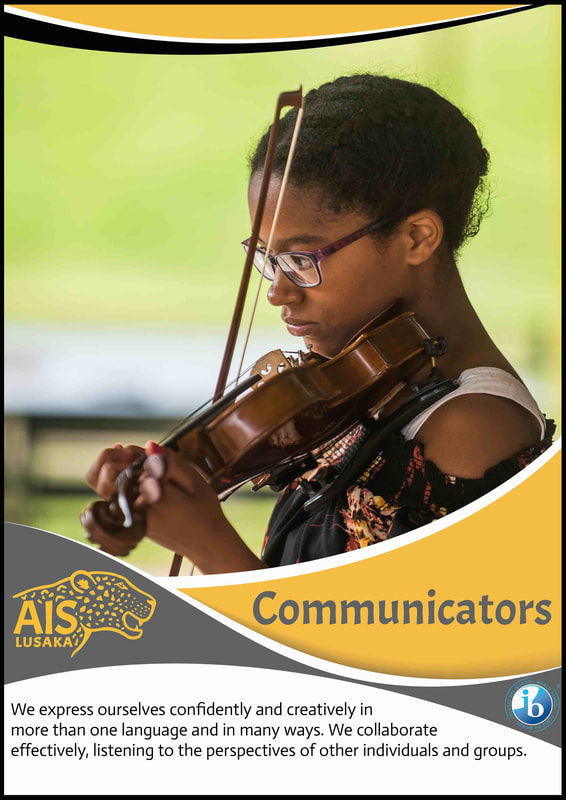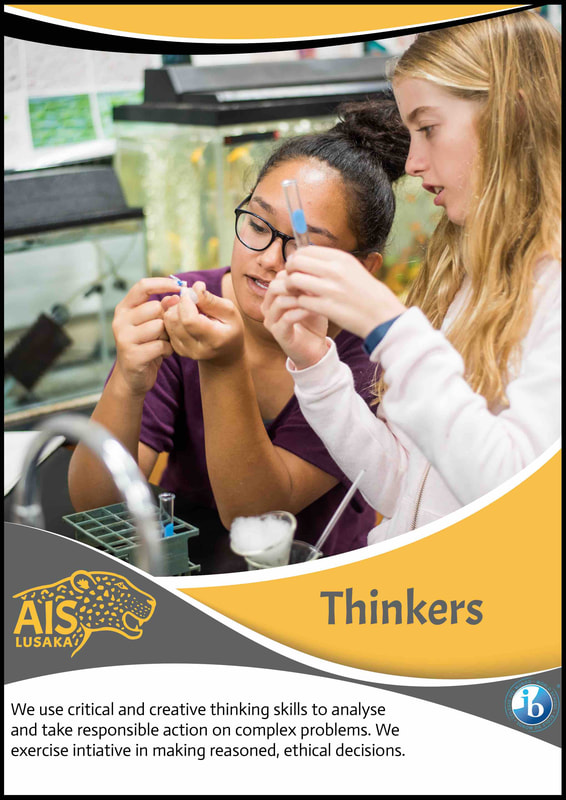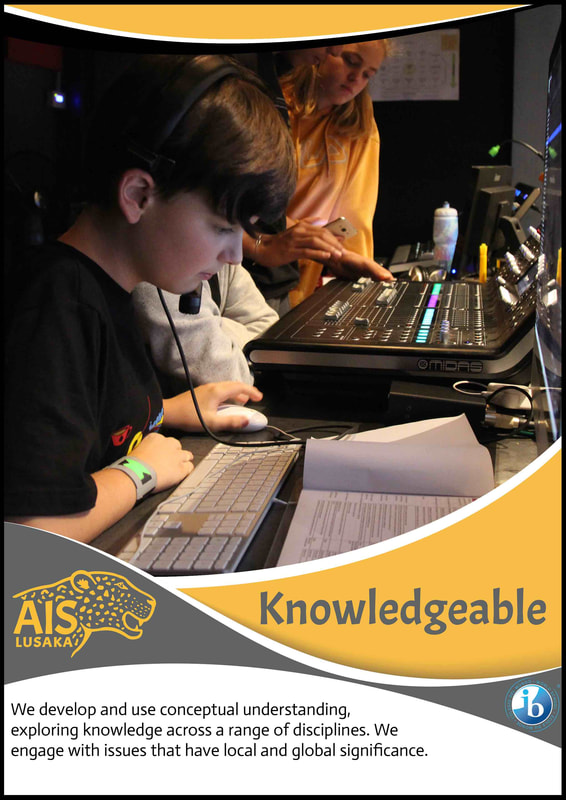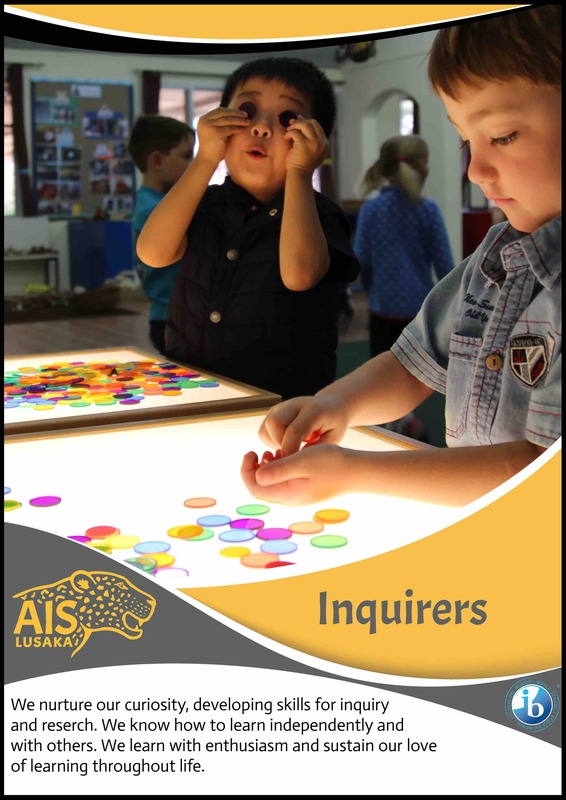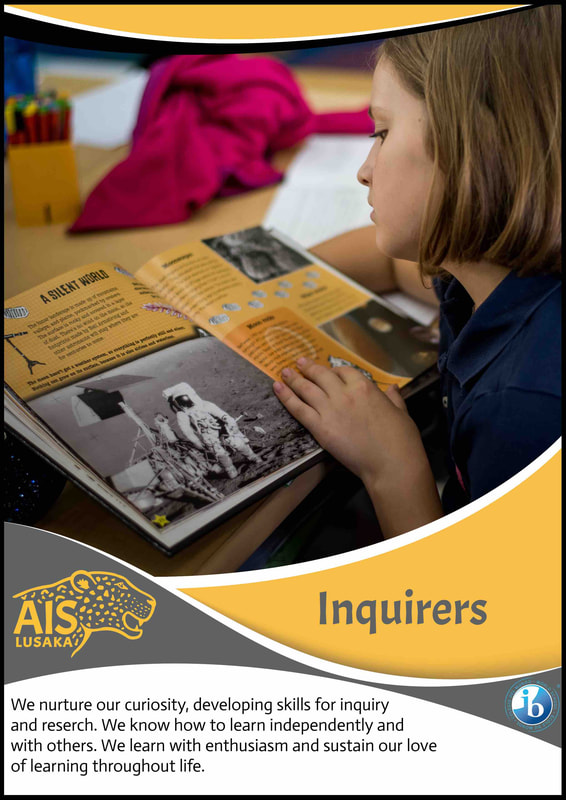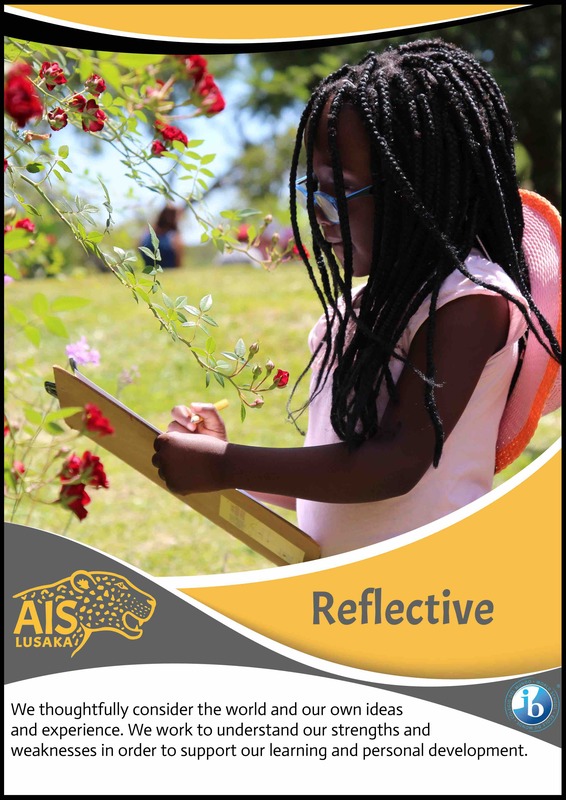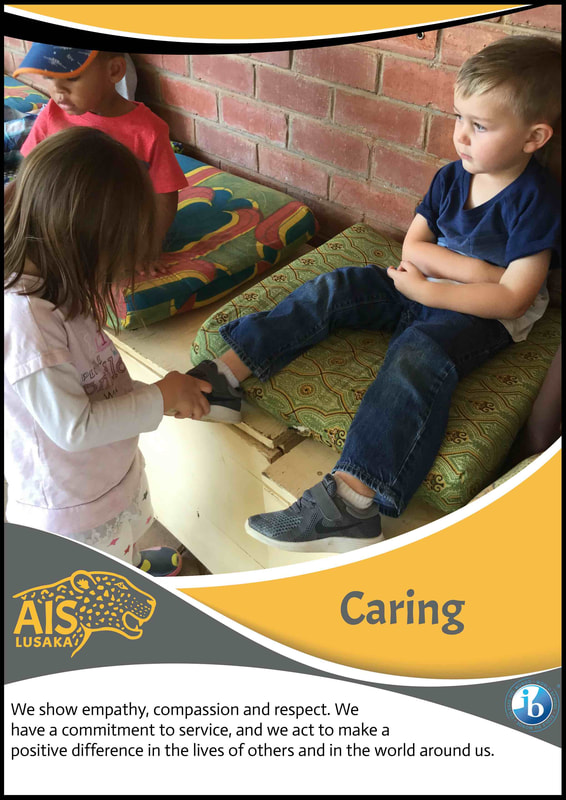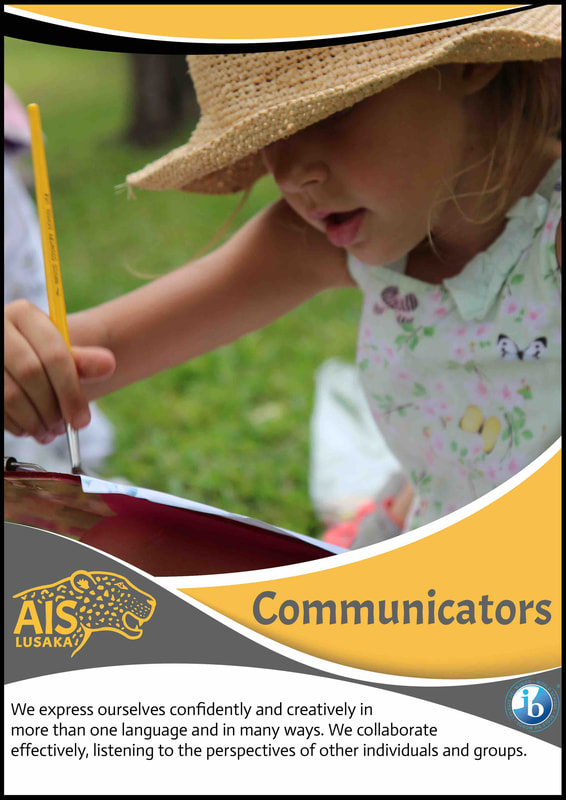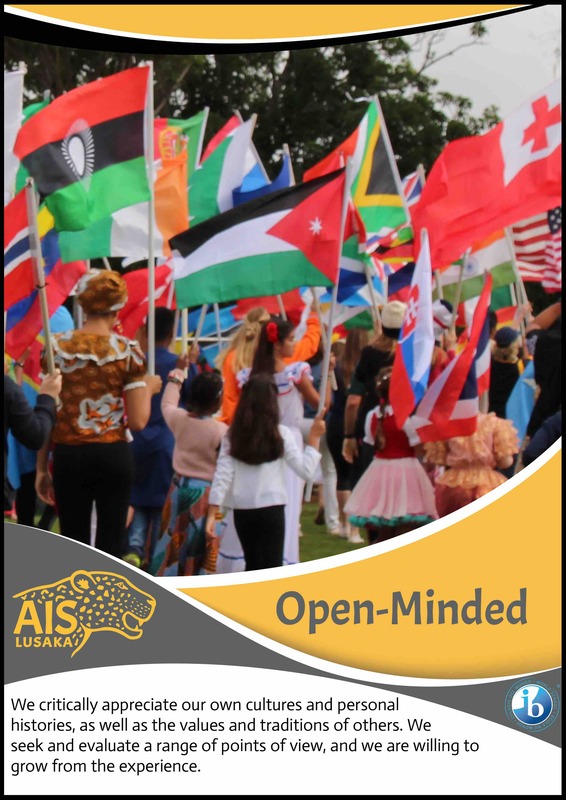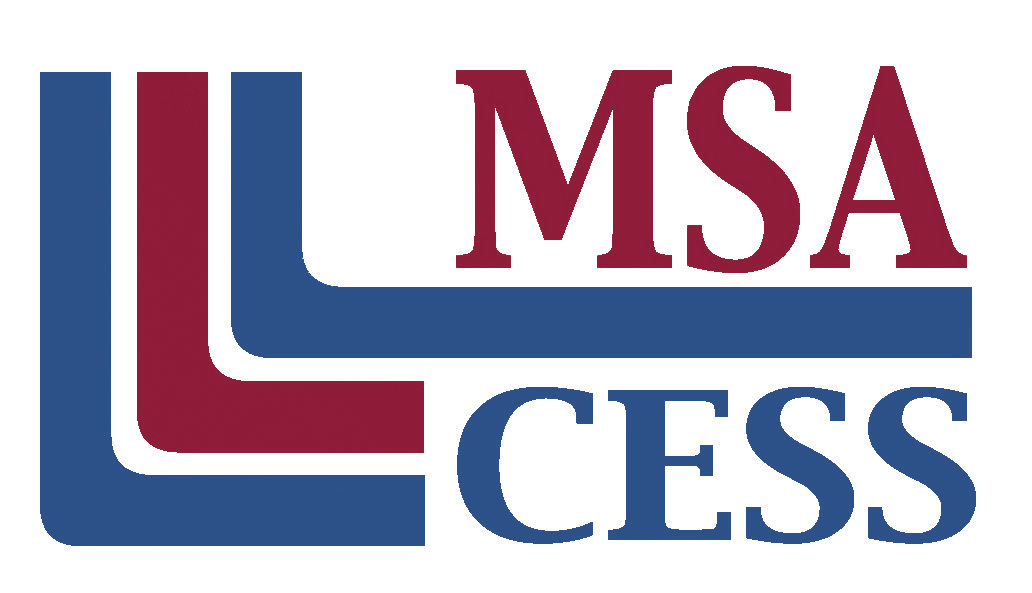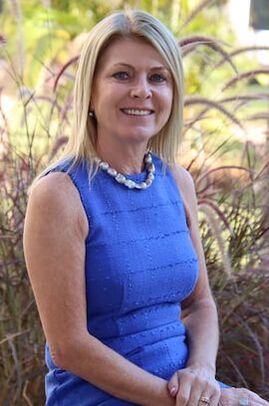 Dr. Oli Tooher-Hancock, Director Dr. Oli Tooher-Hancock, Director
Greetings and welcome to the website of the American International School of Lusaka (AISL). Situated on a beautiful and secure 25-acre purpose-built campus located on the outskirts of Lusaka, we offer the most robust academic and co-curricular programs of any school in the country.
We were founded in 1986 to provide an international education in Zambia. Therefore, we look beyond Zambia and benchmark our programs, faculty, facilities, and results against the finest international schools in the region. Please come visit us and I think you'll quickly see the evidence. AISL is a close-knit school community committed to our vision of helping every student thrive. Our highly-qualified multinational faculty strives to realize this vision daily by challenging students intellectually while supporting their physical, social, and emotional well-being. Working in partnership with parents, AISL also encourages students to develop an appreciation for and understanding of Zambia and to celebrate the diversity of the more than 40 nationalities on campus. Tomorrow's diplomatic, business, educational, and scientific leaders are enrolled in our school today. For more information, please contact our Admissions Manager, Ms. Natasha Chalikulima ([email protected]), and arrange a campus tour. We are very proud of our school and would love to show you around. |
Vertical Divider
|
Parent Survey resultsData collected from the AISL community through the CIS/AISL Parent Survey. The percentages show the number of parents who selected "Agree" or "Strongly Agree".
|
|
|
|
In Focus...
Who we are
Our Vision
Commitment to Learning
Board of Directors
Who we are
Founded in 1986, the American International School of Lusaka (AISL) is an independent co-educational day school that welcomes children from 3 to 18 years of age. With a student body of approximately 400 students, the school is fully accredited internationally by the Middle States Association of Colleges and Schools (US) and the Council of International Schools (UK). The school attracts students from a wide range of nationalities, including approximately 26% European, 31% North and South American, 28% African. The international nature at AISL is reflected in the school's curriculum and programs. AISL is one of a handful of schools in Africa authorized by the International Baccalaureate (IB) to offer all three of these programs: the Primary Years Program (PYP), the Middle Years Program (MYP), and the International Baccalaureate Diploma.
The modern, green campus occupies 25 acres and includes purpose-built classrooms, science labs, offices, and meeting spaces as well as a library/media center, a 400-seat theater, an indoor gymnasium, an outdoor covered gymnasium, three swimming pools, two athletic fields, six outdoor multi-sport courts, a multipurpose hall, and maintenance buildings. The school has just completed its second of three planned renovation/building projects, which are aimed at improving the quality of our educational spaces, increasing physical security, creating community spaces, improving traffic flow and parking, and preserving and protecting green space.
Find out more about AISL from our students
Our Vision
AISL Vision: |
Every Student Thrives
|
AISL Mission: |
AISL is a compassionate community of innovative and courageous learners preparing for the challenges of the future.
|
AISL Values: |
We value:
|
Commitment to Learning
- How does AISL demonstrate a commitment to high quality international education to parents, students and staff members?
- How do we ensure that AISL is continually improving and keeping up with the best international education standards?
|
CIS/MSA School Evaluation and Accreditation is an evaluation process that drives a school’s continuous improvement, through:
|
The American International of Lusaka is currently accredited through the Council of International Schools (CIS) www.cois.org and the Middle States Association of Colleges and Schools (MSA) www.middlestates.org. AISL is very proud to have achieved CIS/MSA Accreditation in August 2015 as it highlights the quality and international nature of education on offer.
The CIS/MSA re-accreditation process requires AISL to conduct a comprehensive self-study in relation to detailed educational and operational standards and indicators. These standards and indicators are organized in the following manner:
A. School Guiding Statements
B. Teaching & Learning
C. Governance & Leadership
D. Faculty & Support Staff E. Access to Teaching & Learning
F. School Culture & Partnerships for Learning
G. Operational Systems
The CIS/MSA re-accreditation process requires AISL to conduct a comprehensive self-study in relation to detailed educational and operational standards and indicators. These standards and indicators are organized in the following manner:
A. School Guiding Statements
B. Teaching & Learning
C. Governance & Leadership
D. Faculty & Support Staff E. Access to Teaching & Learning
F. School Culture & Partnerships for Learning
G. Operational Systems
Board of Directors
A seven-member Board of Directors governs AISL. The US Ambassador to Zambia appoints two of the Board members, and one of the appointed Board members will also serve as the Chairperson of the Board. The five remaining members are elected by the AISL Parent Association, which is composed of parents and legal guardians of students who are enrolled at AISL. Of these members, two must be affiliated with the US Government, and the other three are elected from the general parent community. Board members serve for two years and are eligible for re-election.
The overall role of the AISL Board of Directors is to oversee the strategic direction of the school. More specifically, the Board hires the Director to implement the strategic plan and to oversee the day-to-day operations of the school. The Board also provides fiduciary oversight by approving an annual budget and setting school fees. The Board also establishes broad school policy in accordance with the school vision, mission, and core values. Most of the work of the Board is accomplished by Board committees, which also include parent/guardians who do not serve on the Board.
The AISL Board of Directors holds Open Meetings five times during the course of the year. An Annual General Meeting (AGM) is held in September while an Election General Meeting (EGM) is held in early June. Meeting dates and agenda are communicated through the weekly school newsletter (Leopard’s Tale).
The overall role of the AISL Board of Directors is to oversee the strategic direction of the school. More specifically, the Board hires the Director to implement the strategic plan and to oversee the day-to-day operations of the school. The Board also provides fiduciary oversight by approving an annual budget and setting school fees. The Board also establishes broad school policy in accordance with the school vision, mission, and core values. Most of the work of the Board is accomplished by Board committees, which also include parent/guardians who do not serve on the Board.
The AISL Board of Directors holds Open Meetings five times during the course of the year. An Annual General Meeting (AGM) is held in September while an Election General Meeting (EGM) is held in early June. Meeting dates and agenda are communicated through the weekly school newsletter (Leopard’s Tale).
For more information about the Board, along with meeting minutes and reports can be found here - just use the Parent Portal password to access...

